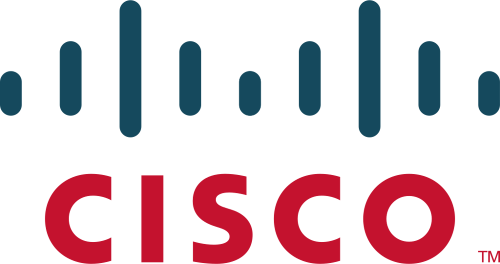A data center tier classification is a standardized way of describing the infrastructure performance, redundancy, and availability of a data center. The system was developed by the Uptime Institute, and it provides a benchmark that helps organizations compare facilities and choose one that matches their reliability, uptime, and operational requirements.
The data center classification tiers range from Tier 1 to Tier IV, with each level building on the previous one. Here’s a breakdown of the four tiers:
Tier 1: Basic Capacity
Tier 1 is the most basic data center infrastructure level used by small businesses or non-critical operations. Tier 1 facilities operate at approximately 99.671% uptime, experiencing roughly 28.8 hours of downtime per year.
Key features include:
- Single path for power and cooling.
- No redundant systems.
- Susceptible to downtime during maintenance or failures.
Tier 2: Redundant Capacity
In a Tier 2 data center, growing businesses that require more reliability implement redundancy to improve operations. Tier 2 data centers are available 99.741% of the time, tolerating about 22 hours of downtime per year.
Key features include:
- Single path for power and cooling.
- Some redundant components (e.g., backup power, cooling)
- Requires some downtime for maintenance.
Tier 3: Concurrently Maintainable
Enterprises, financial institutions, and organizations that operate at approximately 99.982% availability are classified as a Tier 3 data center. These facilities are designed to allow maintenance without shutting down and only experience about 1.6 hours of downtime a year.
Key features include:
- Multiple power and cooling distribution paths (only one active at a time).
- N+1 redundancy
- Can perform maintenance without impacting operations.
Tier 4: Fault Tolerant
A Tier IV data center is built for the maximum fault tolerance, classified with mission-critical organizations such as banks, healthcare, global enterprises, and hyperscale cloud providers. A Tier IV data center is the highest standard and operates at 99.995% uptime and undergoes roughly 26 minutes of downtime per year.
Key features include:
- Multiple active power and cooling distribution paths.
- 2N redundancy (fully redundant mirrored system).
- Can withstand unplanned failures (e.g., equipment failures, utility outages) without downtime.
Read more about the levels of data center redundancy here.
Monitor Redundancy with DCIM Software
Data center managers are increasingly leveraging Data Center Infrastructure Management (DCIM) software to document and monitor redundancy.
By providing real-time visibility into power loads, tracking historical capacity trends, generating single-line diagrams, and modeling failover scenarios, DCIM ensures that redundancy is not just designed on paper but continuously monitored in practice.
Data centers at any tier classification level can utilize DCIM software to help reduce the risk of downtime and monitor redundancy, allowing organizations to demonstrate compliance with redundancy requirements, maintain uptime commitments, and lower operational costs.
Want to see how Sunbird’s world-leading DCIM solution makes it easy for you to monitor redundancy? Get your free test drive now!




























